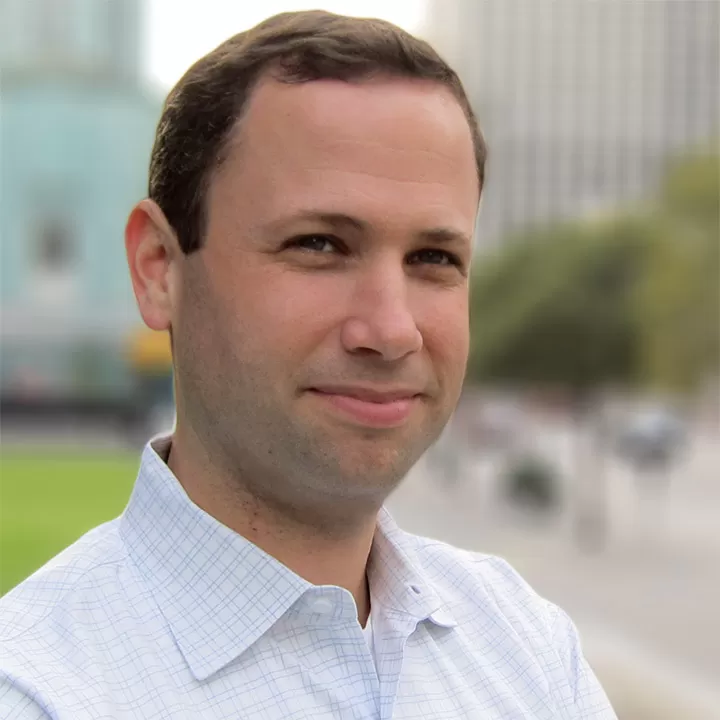Jonathan Nettler has lived and practiced in Boston, Washington D.C., San Francisco, New York, and Los Angeles on a range of project types for major public, institutional, and private developer clients including: large scale planning and urban design, waterfront and brownfield redevelopment, transit-oriented development, urban infill, campus planning, historic preservation, zoning, and design guidelines.
Jonathan is a member of the American Institute of Certified Planners (AICP) and serves on the Board of Directors for the Los Angeles section of the American Planning Association (APA) as the Vice Director for Professional Development. He is also active in local volunteer organizations. Jonathan's interests include public participation in the planning and design process, the intersection between transportation, public health and land use, and the ways in which new ideas and best practices get developed, discussed, and dispersed.
Jonathan previously served as Managing Editor of Planetizen and Project Manager/Project Planner for Ehrenkrantz Eckstut & Kuhn (EE&K) Architects. He received a Master of Arts degree in Architecture from the University of California, Los Angeles and a Bachelor of Arts degree in History from Boston University.
To Preserve Landscapes, Environmentalists Put Their Money Where Their Mouths Are
A novel approach to land conservation is emerging in the American West, where environmental advocates, ranchers, hunters and rich landowners, are utilizing the free market, rather than the courts, to preserve public landscapes.
Could the Skyscrapers of the Future Look Like Giant Umbrellas?
EVolo Magazine has selected the three winners of its annual competition to "recognize outstanding ideas for vertical living." 625 entries were received from 83 different countries.
What Can be Done About the Global Scourge of Road Deaths?
1.2 million people are killed by road collisions every year, says a new report from the World Health Organization. Across the world, it's the leading cause of death for 15- to 29-year-olds. Nick Mead discusses the report's chilling findings.
How Can New York Feed its Food Resurgence?
Food is a central part of New York City's economy. Residents of the city spend $30 billion on food each year: growing jobs, driving development, and defining its neighborhoods. Yet there's much more NY could do to support its food resurgence.
Taking the Fun out of Entertainment Districts
Using Omaha's Old Market neighborhood as an example, Nathaniel M. Hood calls for an end to the urban "Entertainment District" - the common revitalization tool that produces a "single-use monoculture" that alienates families and baby boomers.

























